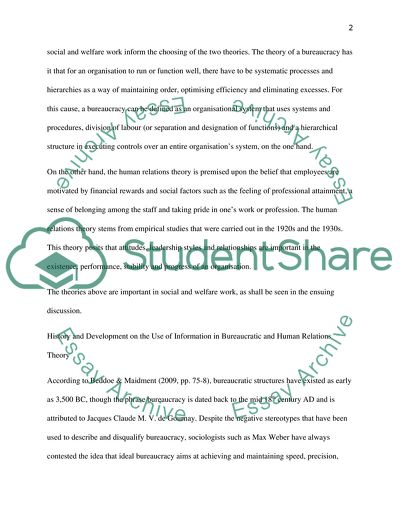Cite this document
(Organisational Analysis With Reference to Social Work Essay, n.d.)
Organisational Analysis With Reference to Social Work Essay. https://studentshare.org/sociology/1828565-organisational-analysis-with-reference-to-social-work
Organisational Analysis With Reference to Social Work Essay. https://studentshare.org/sociology/1828565-organisational-analysis-with-reference-to-social-work
(Organisational Analysis With Reference to Social Work Essay)
Organisational Analysis With Reference to Social Work Essay. https://studentshare.org/sociology/1828565-organisational-analysis-with-reference-to-social-work.
Organisational Analysis With Reference to Social Work Essay. https://studentshare.org/sociology/1828565-organisational-analysis-with-reference-to-social-work.
“Organisational Analysis With Reference to Social Work Essay”. https://studentshare.org/sociology/1828565-organisational-analysis-with-reference-to-social-work.


